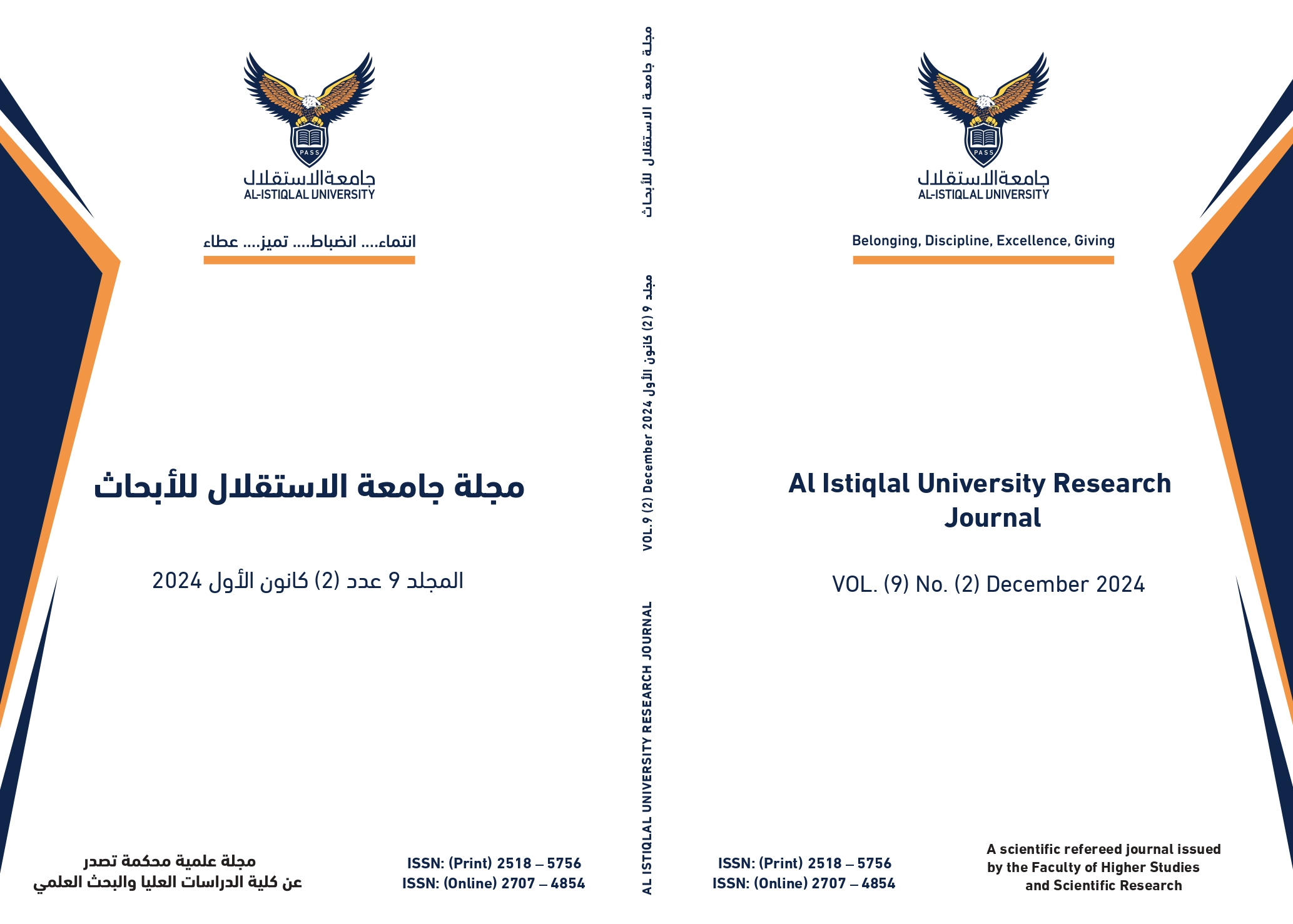Abstract
Language education requires a set of procedures, media and plans studied, to achieve accurate linguistic achievement, and to achieve the results and objectives of the educational process, and from these media that imposed themselves in the knowledge society, and the development of means of communication, computer informatics, its advanced software and accurate applications, and since the grammatical, morphological, phonetic and lexical system of the Arabic language is the most regular system, and can be processed and browsed by computer processors and analyzers, it was necessary to employ the computer to teach the Arabic language And benefit from its applications to gain time and effort and free the educational process and achieve self-learning.
In light of this perspective, our participation aims to discuss the most important basic characteristics of the Arabic language that stimulate the use of computers, describe the most important challenges and problems faced by the Arabic language in the context of the rapid flow of information, and explore the prospects of teaching Arabic in the computer way.
We have adopted the descriptive approach of a character, and we have also applied a questionnaire tool to a sample of (40) professors at the Faculty of Literature at the University of Mohamed Boudiaf in M'sila, Algeria, and after statistical processing of the data, the results resulted in the following:
- The necessary capabilities are available to ensure the continuity of e-learning (machine computing) to a large extent.
- The existence of obstacles that hinder the application of the computerized computing system in the process of teaching Arabic language
- The level of interaction of faculty members with the application of the computerized computing system in teaching Arabic is high.

This work is licensed under a Creative Commons Attribution-ShareAlike 4.0 International License.
Copyright (c) 2025 Al Istiqlal University Research Journal




